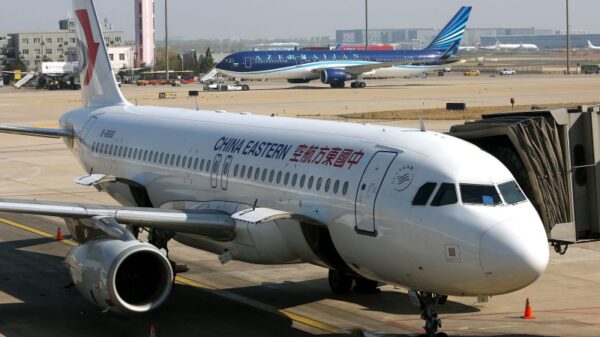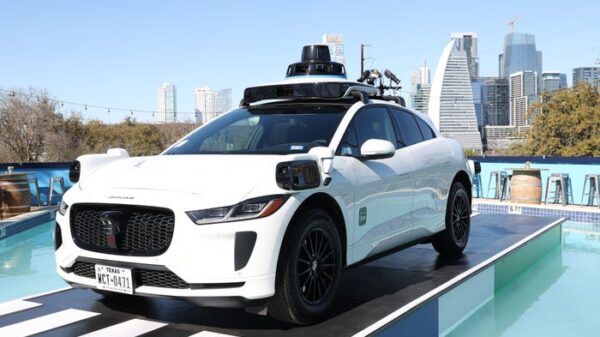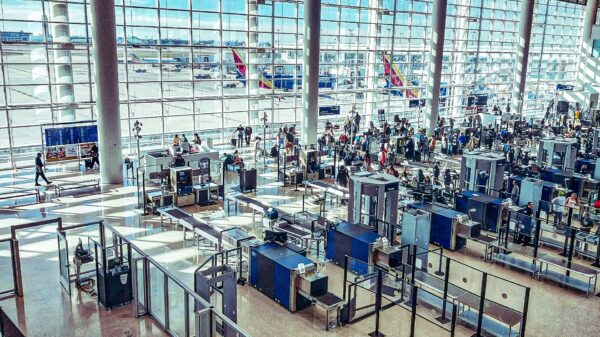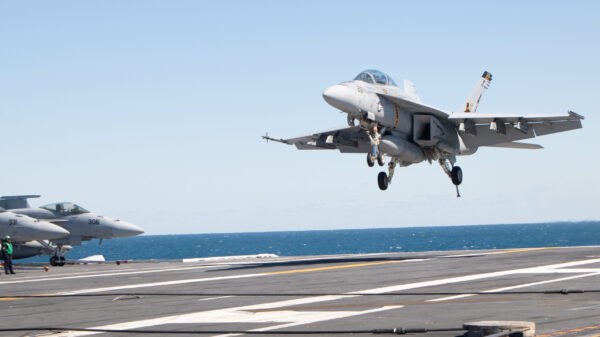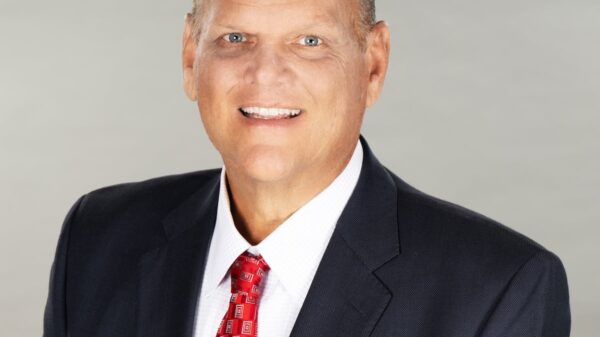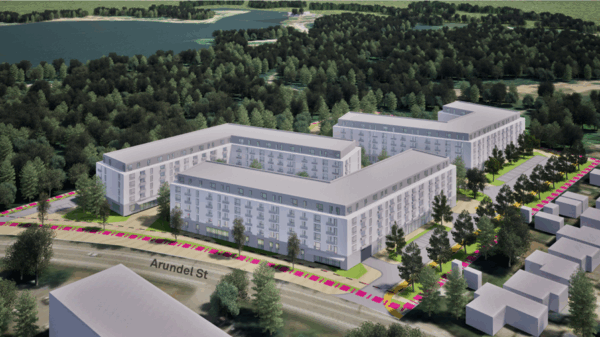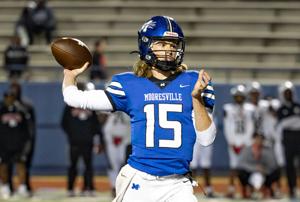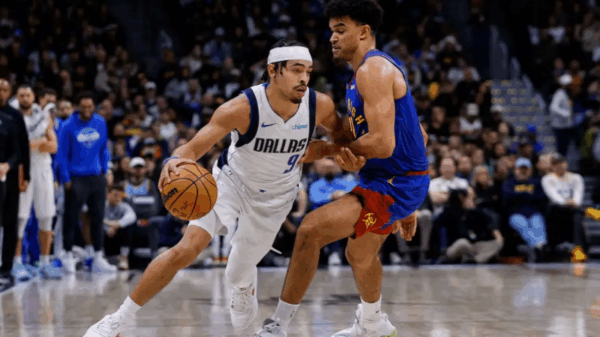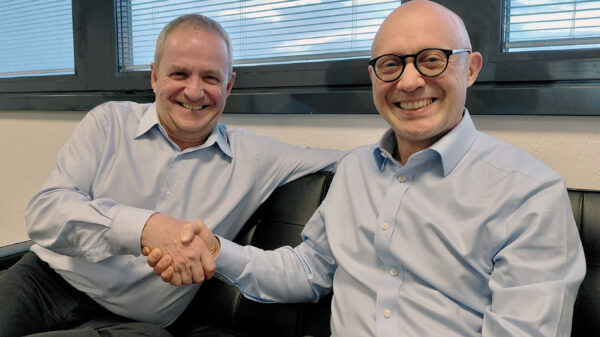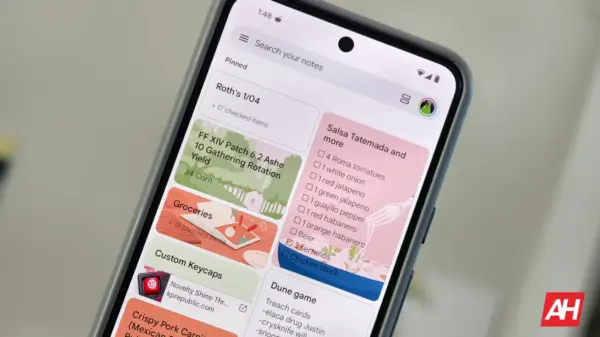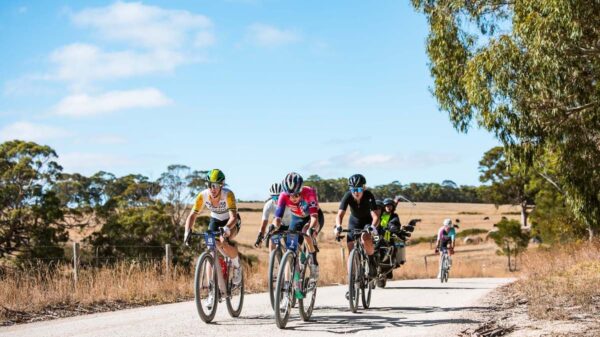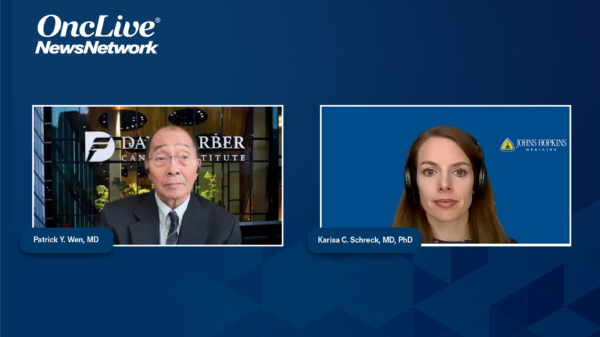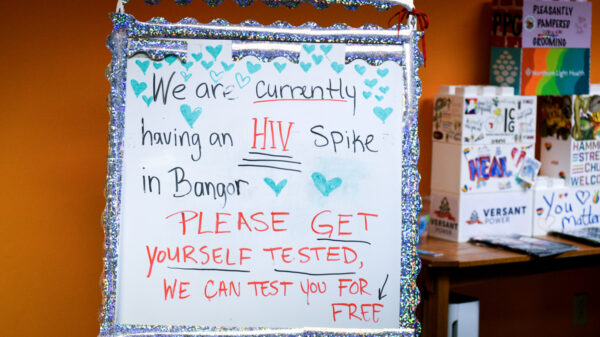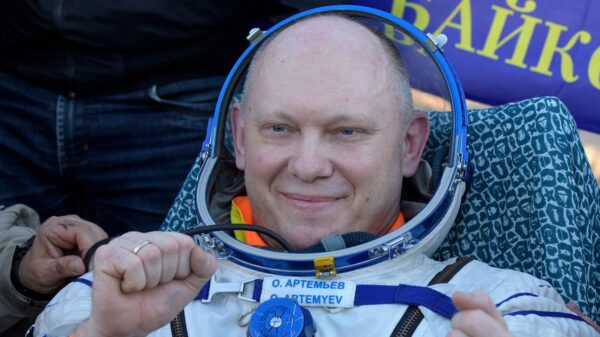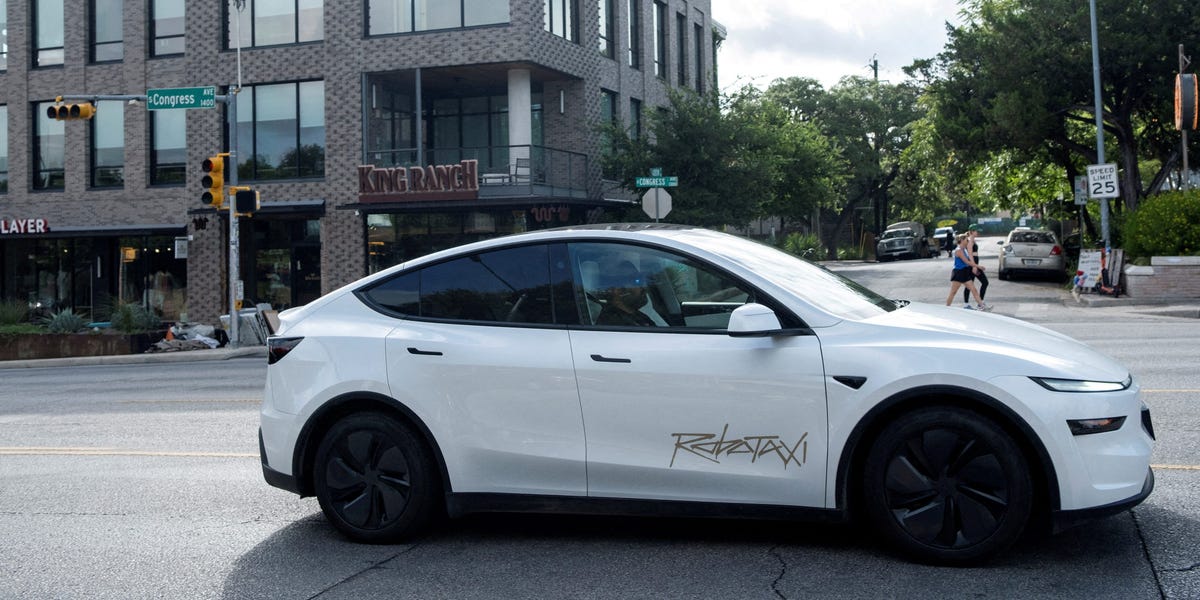Tesla’s much-anticipated robotaxis have hit the streets of Austin, Texas, marking a significant milestone for the electric vehicle giant. The launch, which took place on June 22, has been closely followed by both technology enthusiasts and critics alike. However, the initial rollout has not been without its challenges, as videos posted online by early riders reveal potential issues with the driverless vehicles.
These early access rides were limited to a select group of Tesla influencers and investors, who have been sharing their experiences on social media. While many of the rides appeared to go smoothly, there have been notable hiccups, including instances of speeding, lane misalignment, and unexpected braking. Business Insider consulted autonomous driving experts to assess these initial findings and discuss what might need to change before Tesla can fully scale its robotaxi operations.
The Vision-Only Robotaxi Design
Tesla’s robotaxi system relies solely on its Full Self-Driving (FSD) software, utilizing eight cameras to capture a comprehensive 360-degree view of the vehicle’s surroundings. Unlike competitors such as Waymo, Tesla’s approach eschews radar and lidar technology, which use radio waves and laser pulses, respectively, to detect objects and navigate the environment.
Raj Rajkumar, a professor of engineering at Carnegie Mellon University, expressed concerns about this vision-only approach. He noted that while some issues, like lane misalignment, could be addressed with more training data, the phenomenon of “phantom braking” might expose deeper flaws in the system. Rajkumar highlighted a video where a robotaxi abruptly braked without any apparent obstruction, causing the passenger’s belongings to scatter.
“To process camera data, one has to use AI and machine learning,” Rajkumar explained. “But hallucinations are an integral part of how AI operates, and once you hallucinate, phantom braking ends up happening, so a camera-only solution will not be sufficient for a very long time.”
Expert Concerns and Historical Context
Steven Shladover, a lead researcher at the University of California, Berkeley’s Partners for Advanced Transportation Technology program, echoed these concerns. He warned that Tesla’s reliance on cameras alone could lead to passenger injuries without the additional support of radar or lidar.
Shladover reviewed various incidents from the launch, including speeding and lane deviations, emphasizing the need for a combination of sensor data to achieve safe automated driving. He pointed out that “phantom braking” is a known issue in some Tesla systems, which has previously led to a class-action lawsuit and an ongoing investigation by the National Highway Traffic Safety Administration.
“Automated driving needs a combination of sensor data from cameras, radars, and lidars, as well as precise localization relative to a high-accuracy digital map of the roadway environment,” Shladover stated.
This development follows a history of challenges faced by Tesla’s autonomous systems. In 2022, a Tesla driver involved in an eight-car pileup attributed the crash to sudden braking while using the supervised Full Self-Driving mode. Despite these incidents, Tesla CEO Elon Musk has previously downplayed concerns, suggesting that updates would address the braking issue.
Safety Measures and Industry Comparisons
In light of these challenges, Tesla has implemented safety measures for its robotaxi launch. Each vehicle is accompanied by a human safety monitor who can intervene if necessary. This cautious approach mirrors industry practices, as seen with Waymo and Wayve, which also deploy safety drivers during initial launches.
Bryant Walker Smith, a professor at the University of South Carolina, highlighted the importance of these safety measures. He compared the presence of safety drivers to using a harness while climbing a cliff, underscoring the technology’s current limitations.
“There are real robotaxis on American roads, but none is a Tesla,” Smith remarked. “Tesla is still relying on safety drivers for its Austin demo — and rightly so, because its technology is immature.”
Meanwhile, other autonomous vehicle companies have faced their own setbacks. Waymo recalled a fleet of vehicles after an unoccupied robotaxi collided with a telephone pole, and Cruise’s vehicles caused traffic jams in San Francisco. These incidents illustrate the complexities and unpredictability of deploying autonomous technology in real-world scenarios.
Looking Ahead: The Road to Full Autonomy
As Tesla continues to refine its robotaxi technology, experts agree that significant advancements are needed before fully autonomous vehicles can operate safely without human intervention. Rajkumar noted that Tesla’s current operations are highly geofenced within a specific area of Austin, limiting the vehicles’ exposure to unfamiliar situations.
While the launch represents a promising step forward, there remains a long list of unpredictable challenges that autonomous systems must learn to navigate. The journey towards truly driverless vehicles is ongoing, with Tesla and its competitors striving to overcome the hurdles that lie ahead.
In the meantime, the world watches closely as Tesla’s robotaxis continue their test runs, offering a glimpse into the future of transportation and the evolving landscape of autonomous driving technology.


